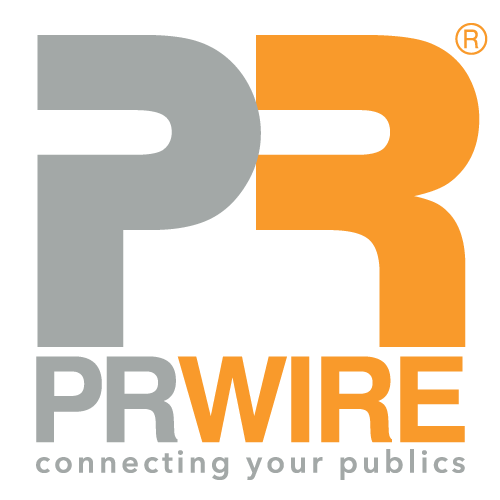Climate change news do not garner the attention of a breaking news headline. News about climate often runs like a slow train while other news headlines speedily pass by as if a bullet train.
A major concern is that climate change is too large a phenomenon for the average person to grasp clearly (while also emitting a feeling of it taking place in a distant part of the world).
The difficulty in grasping the scale leads to deferred action or non-action. Since climate change is presented in abstract, there is no immediate response- “What can I, being a mere individual, do about such a global scale problem?”
All these create a dilemma – how to communicate climate change messaging in a way the audience would consume it totally…in a way that the message pushes them to their zones-and act?
For businesses, it’s a series of actions that has been recommended. Edelman, in their “Blueprint for Climate Leadership” says that climate leadership consists of:
- Building a credible foundation (no shortcuts to leadership, only a foundational commitment)
- Create both long and short-term goals (E.g committing to net-zero global emission by 2050 but pursue short term goals in parallel)
- Set science-based targets (validate action with science-based targets)
- Forge partnerships and collaboration Report and repeat Plan for change (stay vigilant to understand and react to the rapidly changing sustainability landscape).
For public segments that are non-business, it helps a great deal that they absorb the message in its full extent. In the communications, the general public should not be seen as a passive runway strip where flight land and take off but they should be engaged actively. The scientific aspect in this shall not be abandoned.
The Center for Research on Environmental Decisions (CRED) identifies 5 key aspects for climate science information “to be fully absorbed by audiences” (take them to their zones!):
- Communicate with appropriate language, metaphor, and analogy
- Combine with narrative storytelling
- Make vivid through visual imagery and experiential scenarios
- Balance with scientific information
- Deliver through trusted messengers in group settings
Communicate with appropriate language, metaphor, and analogy: Is the communication, one of doom or of hope? Does it inspire action?
Combine with narrative storytelling: Use metaphors that show the audience of the importance of the message.
Make vivid through visual imagery and experiential scenarios: Create imagery and stories that can connect to the target audience’ thinking. Do not use a standard template across different audience segments.
Balance with scientific information: The proof (data) needs to be blended to the storytelling in an appealing way to build the messaging. Do not use data for the sake of using them.
Deliver through trusted messengers in group settings: Is the message delivered through instruments that are accepted or practiced by the target social group? For E.g. delivering the message to Generation Z and generation Alpha would work better with social media than printed newspapers adverts.
“Absorbing the message” goes a long way. Still there is an equally important aspect that has to be effected for the process to mature…
(To Be Continued)



